Adhesive Encyclopedia
-

Understanding the Weather-Resistant Silicone Sealants
Silicone sealants are a versatile and essential ingredient in a variety of construction and DIY projects. One of the key considerations when choosing a silicone sealant is its weather resistance. Understanding the weathering properties of silicone sealants is critical to...Read more -

Understanding the Limitations of Silicone Sealant Adhesion
Silicone sealant is a versatile material used extensively in sealing and bonding applications. However, silicone sealants will not adhere to certain surfaces and materials. Understanding these limitations is critical to achieving successful and long-lasting sealing and...Read more -

Sustainability Trends: Features and Benefits of Silicone Sealants
In today's world, sustainability has become an important aspect of every industry. As construction and manufacturing continue to grow, so does the demand for sustainable and environmentally friendly products. Silicone sealants have become a popular choice due to their un...Read more -
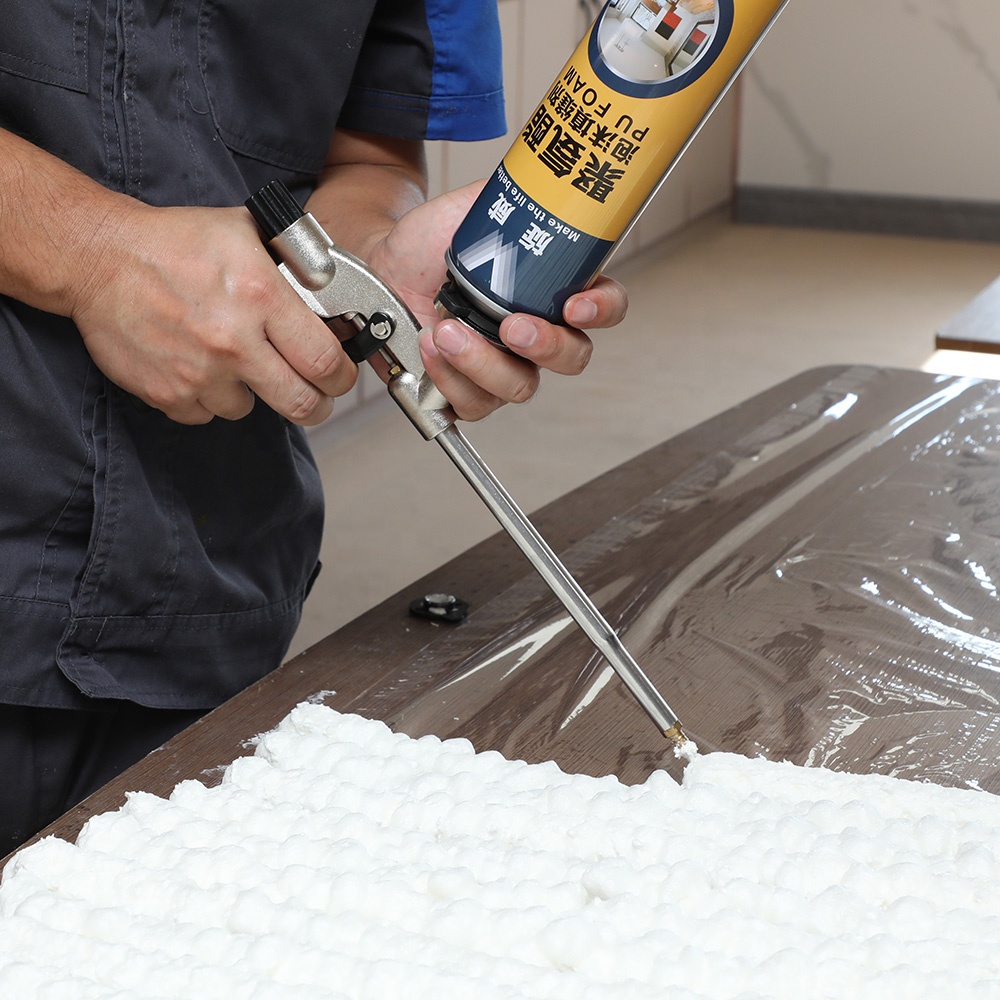
Description of Siway PU Foam–SV302
Product Description SV302 PU FOAM is a one-component economical type and good performance Polyurethane foam. It is fitted with a plastic adapter head for use with a foam application gun or a straw. The foam willexpand and cu...Read more -

Don’t worry if it rains frequently, SIWAY classes are now open !
Changeable weather brings many troubles to people. From April 1, A violent storm swept across the world, The rain is pouring, thunderstorms and strong winds are raging, It indicates the coming of rainy season. In order to protect the safe use of every sealant and ensure ...Read more -
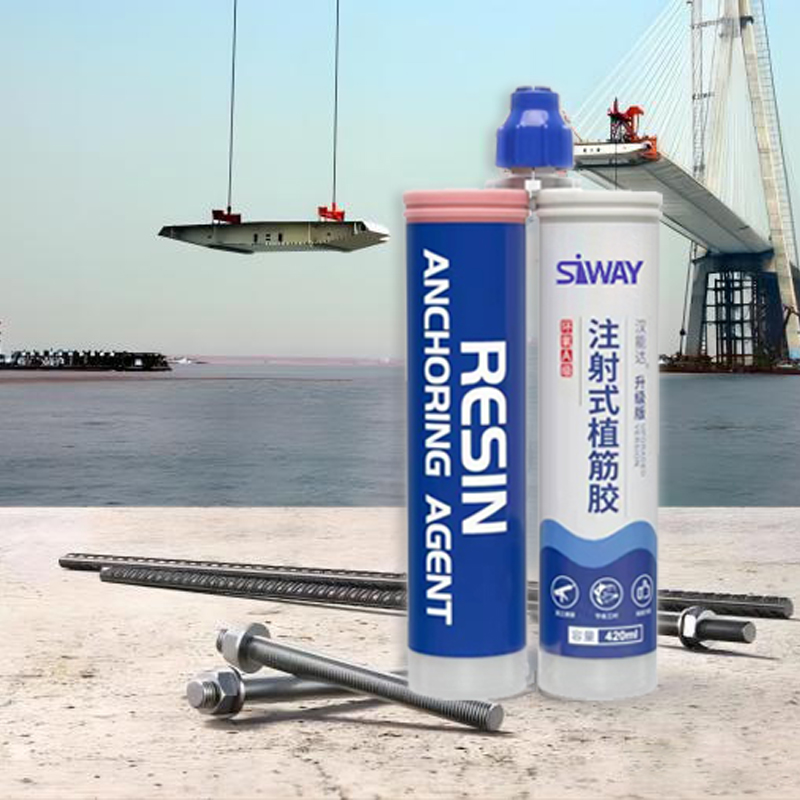
Are Chemical Anchor Bolts and Anchor Adhesive really the Same?
Chemical anchor bolts and anchor adhesives are widely used structural connection materials in engineering construction. Their functions are to strengthen and stabilize the structure of the building. However, many people are not clear about the difference between the two ...Read more -
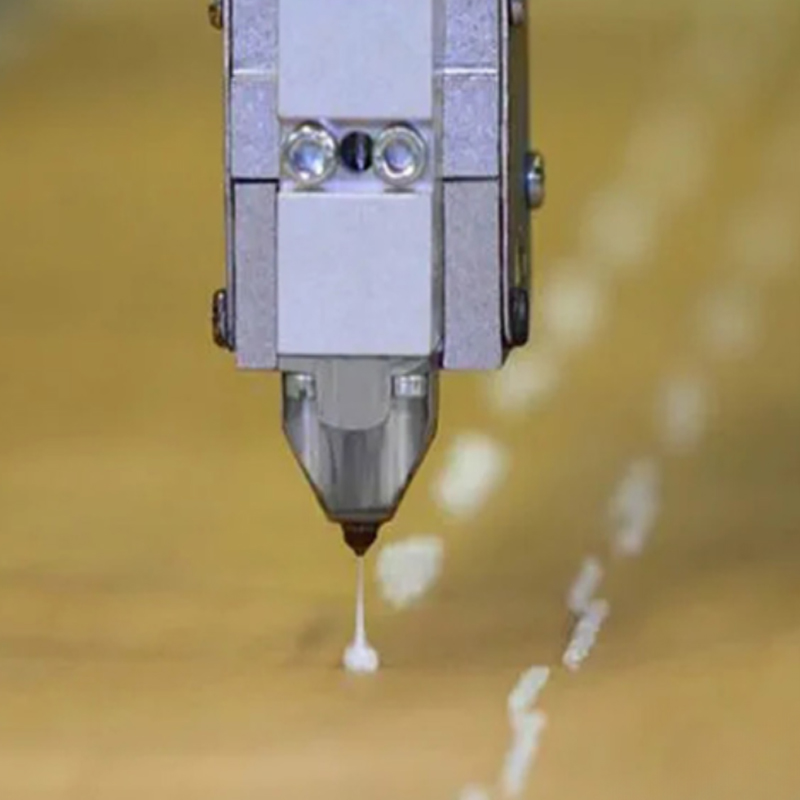
Challenges and Opportunities for Adhesives and Sealant Manufacturers
The tectonic plates of global economic power are changing, creating huge opportunities for emerging markets. These markets, once considered peripheral, are now becoming centers of growth and innovation. But with great potential comes great challenges. When adhesive and s...Read more -

Understand 70 basic polyurethane concepts to make you a master
1, Hydroxyl value: 1 gram polymer polyol contained hydroxyl (-OH) amount equivalent to the number of milligrams of KOH, the unit mgKOH/g. 2, Equivalent: the average molecular weight of a functional group. 3, Isoc...Read more -

Understand adhesives, also to understand what these signs represent!
Whether we want to develop adhesives or buy adhesives, we usually see that some adhesives will have ROHS certification, NFS certification, as well as the thermal conductivity of adhesives, thermal conductivity, etc., what do these represent? Meet them with siway below! &...Read more -
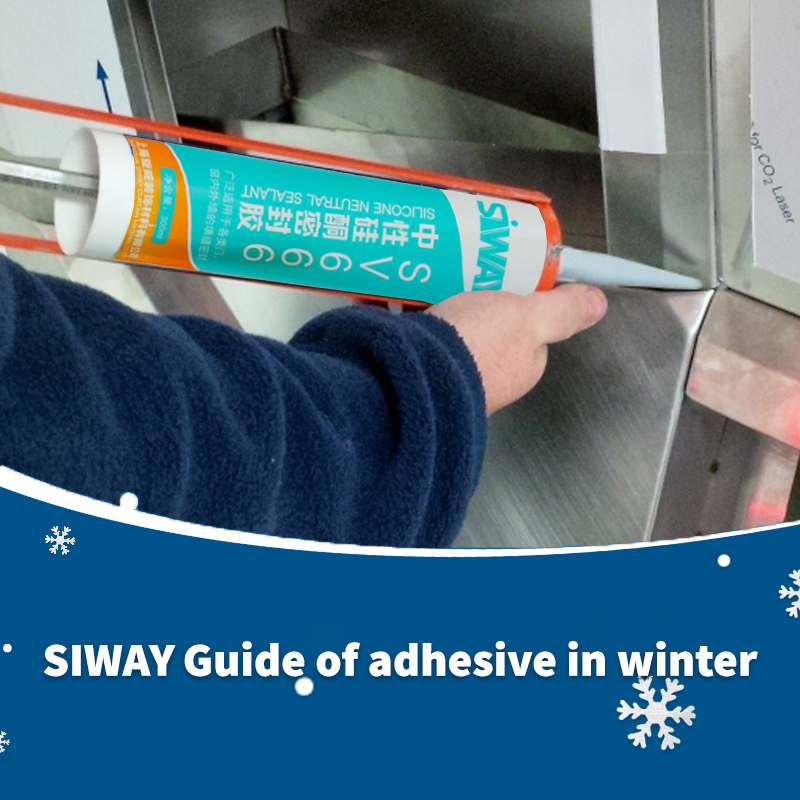
Guide of adhesive in winter: Ensure excellent sticky performance in cold environments
With temperatures plummeting, the arrival of winter often comes with many challenges, especially when it comes to adhesion engineering. In a low temperature environment, the general sealant may become more fragile and weaken the adhesion, so we need careful selection, co...Read more -
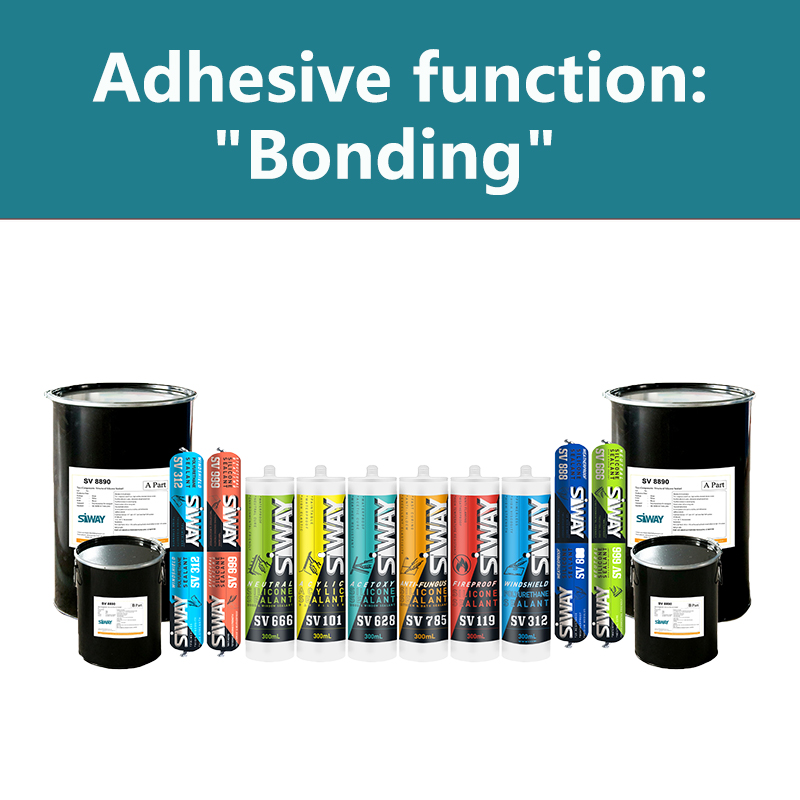
Adhesive function: “Bonding”
What is bonding? Bonding is a method of firmly connecting the same or different materials together using the adhesive force generated by adhesive glue on a solid surface. Bonding is divided into two types: structural bonding and non-structural bonding. ...Read more -
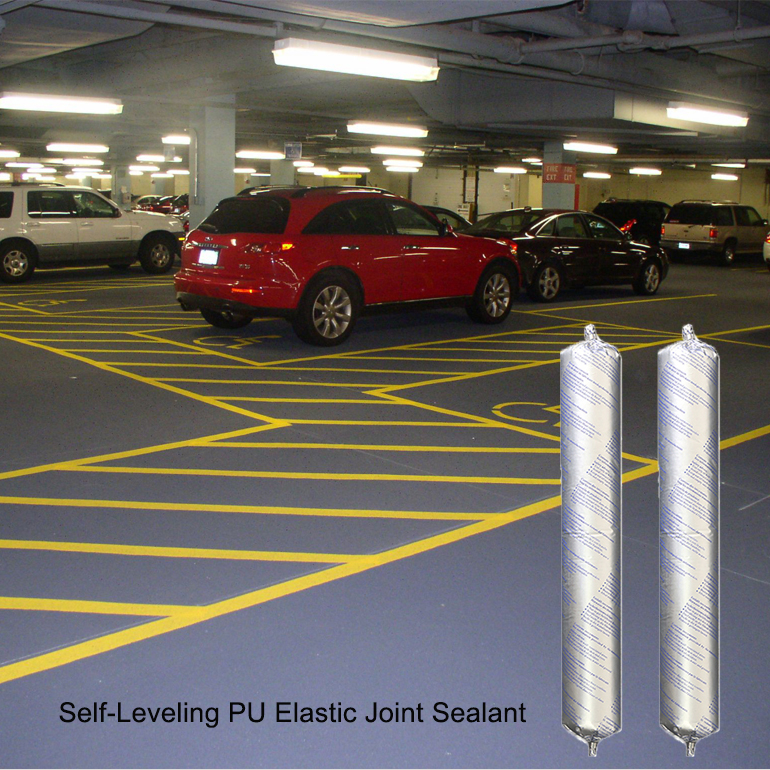
PARKING GARAGE SEALANT
Parking garage sealant for higher durability Parking garages typically consist of concrete structures with concrete floors, incorporating control and isolation joints that necessitate a specialized parking garage sealant. These sealants play a ...Read more

